Edgar Hilsenrath | The Story of the Last Thought
09.07.2015 – STÉPHANE HERZOG
“The Story of the Last Thought” by Edgar Hilsenrath has been reissued in French and has received rave reviews in France. And rightly so! The author, a German Jew born in Leipzig in 1926 who experienced deportation, wrote the novel in the form of a fairy tale, an allusion to the fact that most of those who lived through the events of 1915 in Turkey are no longer alive to tell the story. Shortly beforefore his death, the 73-year-old Armenian Thomva Khatisian is visited by Meddah, a storyteller who tells him his own tragic story, which began in that year. Edgar Hilsenrath, who devotes part of his book to evoking memories of the Holocaust, uses humour and the grotesque to recreate the life of the Armenians living in Turkey before the cataclysm of 1915. We are transported to a village in Anatolia and immersed in the life of the Armenian community, with its food and beliefs.
The highlands are controlled by the Kurds, to whom the Armenians pay taxes to prevent the kidnapping of their daughters. They also pay dues to the Turkish authorities. In the towns, the Armenian artisans and merchants are known for their skill. The Turks know who to go to for leather work, who to go to for good products. This is so well known, in fact, that after the massacres, many Turks lament their disappearance. Where is the tailor? Where is the grocer? Like the Jews in Germany, and later across Europe, the Armenians were used as a scapegoat. In towns and villages, the fear of massacres – of “tebk” – ran deep. Edgar Hilsenrath shows the vulnerability of this Christian population that had no right to bear arms. When the Turkish state gave the signal for deportation, the Armenians were entirely at the mercy of the public authorities.
As in his other novels, “The Story of the Last Thought” does not describe a world in black and white. There were Turks who came to the assistance of their Armenian compatriots. The population was also ensnared by a state that exploited their fears – such as the fear of a fifth column of Armenians accused of colluding with the Russians. The novel is violent: pregnant women are driven on endless marches without water towards the deserts of Mesopotamia and die of thirst. But it is also extraordinarily alive in how it lovingly recreates the sensory life of the Armenian community before the cataclysm. “Hayastan? Where the mountains touch the clouds [...]. Where there were fat-tailed ewes, mutton and yoghurt. Do you remember that yoghurt that grandmother called madsoun? [...].” So begins the tale told to Thomva Khatisian just before his death.


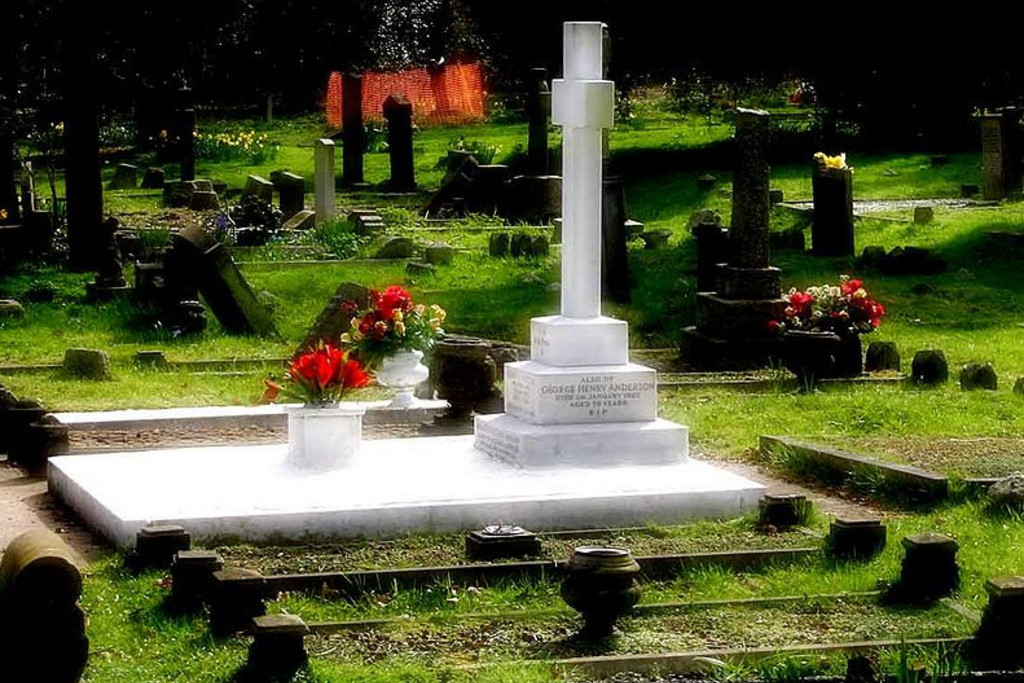

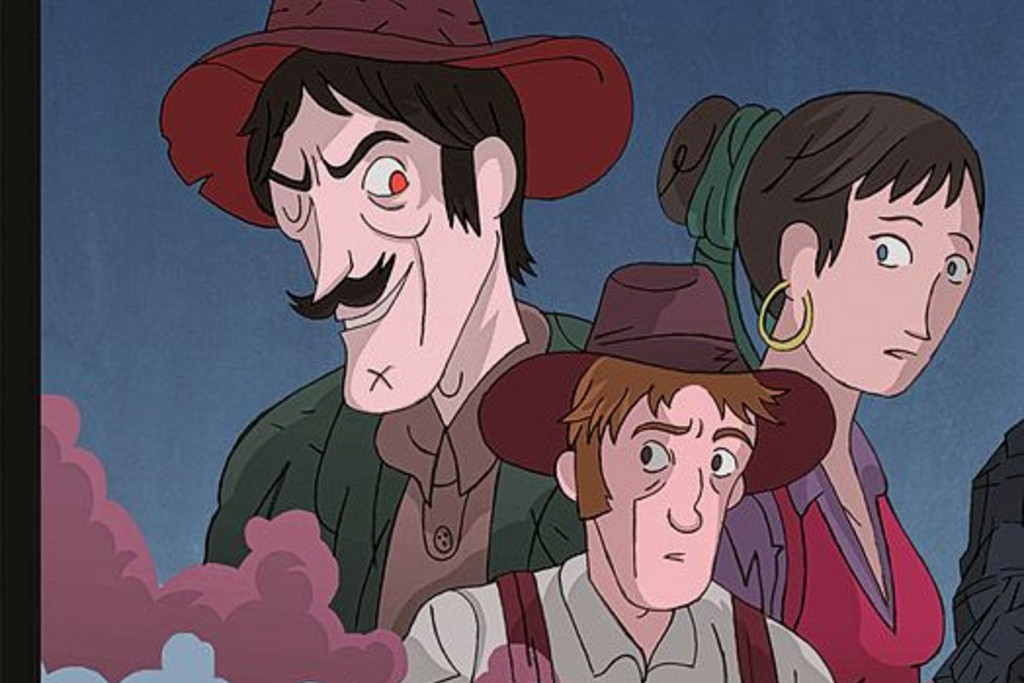
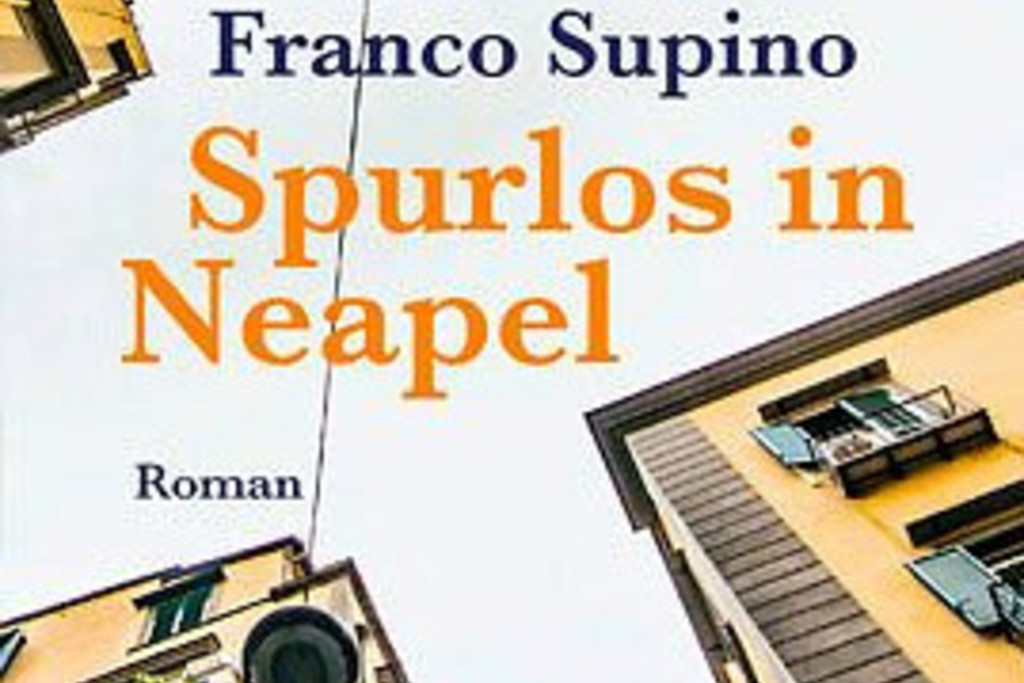

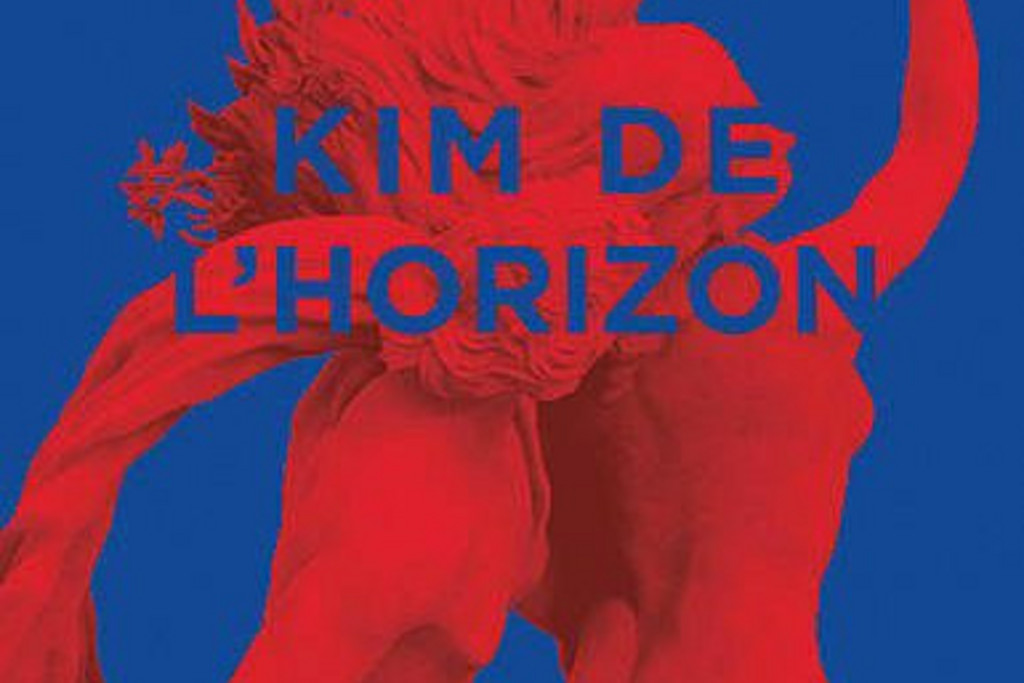



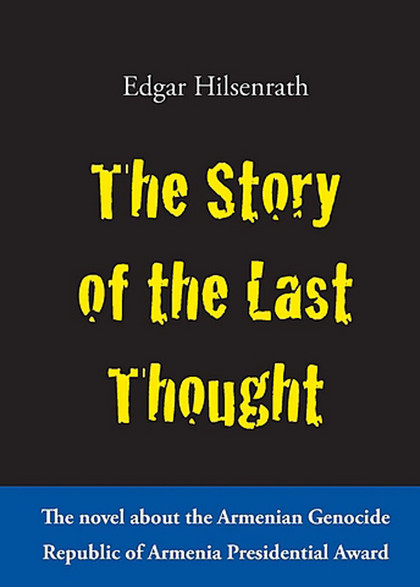
Comments
Comments :
Plaza & Janés, Barcelona, 2002
Traducción de Mariano Grynszpan y Alejandra Obermeier